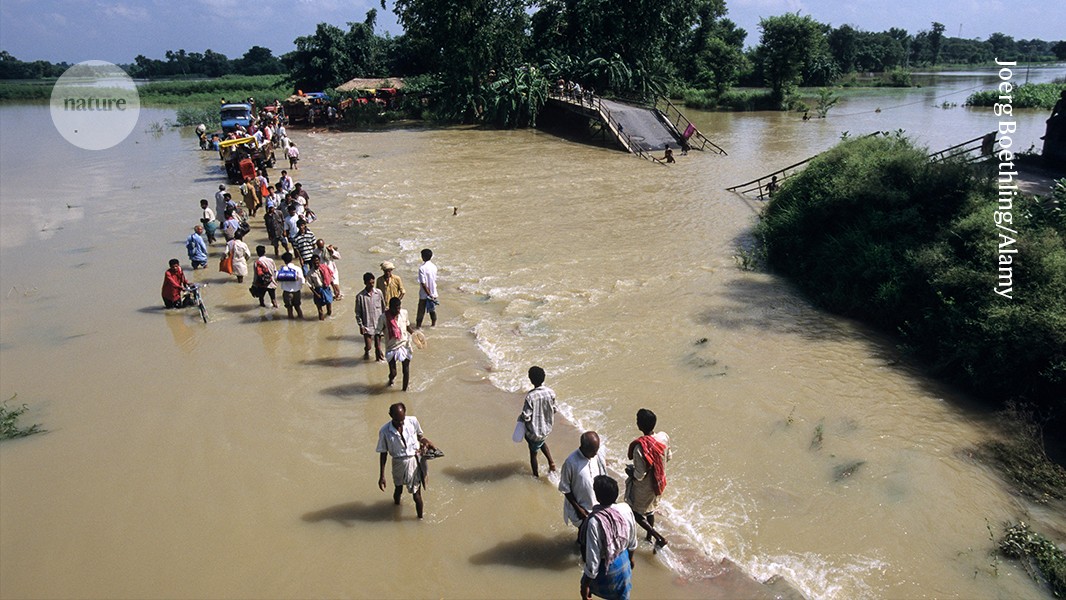
"Communities in wet environments adapt by creating designs like circular embankments, which work with the natural ebb and flow of water, rather than trying to control it."
"Climate change is intensifying the unpredictability of wet and dry boundaries, emphasizing the need for adaptive strategies in amphibious living."
"Many societies that dwell in amphibious landscapes see the fluid nature of their environment not as a threat but as a part of their daily lives."
"The contributions in Amphibious Anthropologies illustrate how traditional knowledge and practices can inform contemporary strategies for sustainable living in vulnerable ecosystems."
Amphibious Anthropologies presents nine essays examining how communities inhabit marshes, coastal zones, and other fluid environments amidst climate change. These inhabitants navigate shifting boundaries, crafting sustainable practices that reflect their relationship with water. One example is seen in northern Bihar, India, where circular embankments are utilized to accommodate flooding without forcing water into a confined space—contrary to rigid colonial structures that often exacerbate flooding. The essays analyze various global environments, from Italy's Fogliano wetlands to the Salton Sea, advocating for recognition of adaptive strategies informed by tradition and local knowledge in response to environmental instability.
#climate-change #sustainable-practices #amphibious-environments #indigenous-knowledge #water-management
Read at Nature
Unable to calculate read time
Collection
[
|
...
]